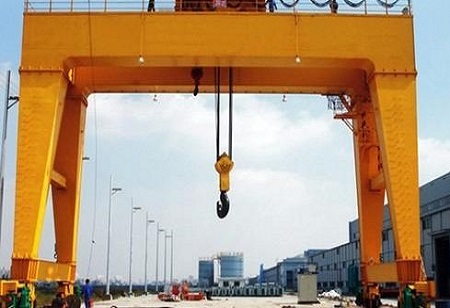Electric Overhead Travelling Crane is a crane attached either with numerous girders or only a single girder bridge with a fixed/movable hoisting mechanism. It travels on a fixed structure with most of its functions being powered by electric motors. EOT (Electric Overhead Travelling) cranes are majorly used for moving materials in assembly lines, construction sites, power stations, production halls, and similar sectors. An EOT’s design varies as per the motion type, type of load, weight, etc.
The surge in migration of people to the urban area results in demand for a new residence and the need for efficient transport facilities that in turn leads to a sizable rise of infrastructure projects and escalating demand of the
EOT crane market.
The proliferation of
construction projects across the world is anticipated to bolster the market growth for EOT Crane in the days to come. An increase of wind energy projects across the world will need Electric Overhead Travelling cranes for their installation and therefore, have a greater number of opportunities in on-shore as well as off-shore.
Challenges
“Indian market started accepting the crane technology in the light of the infrastructure project development in the country. The last two years have been good and the market is steadily growing. Though due to the pandemic COVID-19 there was a setback during the lockdown, the market has revived back, and the demand has started gearing up with acceleration. The challenges faced are getting the right material at the right time,” says Clifford Sanctis, Managing Director, Hydrolift.
“Due to the lockdown, the suppliers are also are facing the challenges of meeting the supply-demand as there has been a migration of resources and some of the ancillary units have closed down. We have been sourcing from alternate suppliers and these are small-time suppliers who cannot meet the demand of large quantities,” he adds.
EOT cranes are largely classified into three categories that include:
• top running double girder bridge cranes,
